Minimum Viable Product: The Definitive Guide
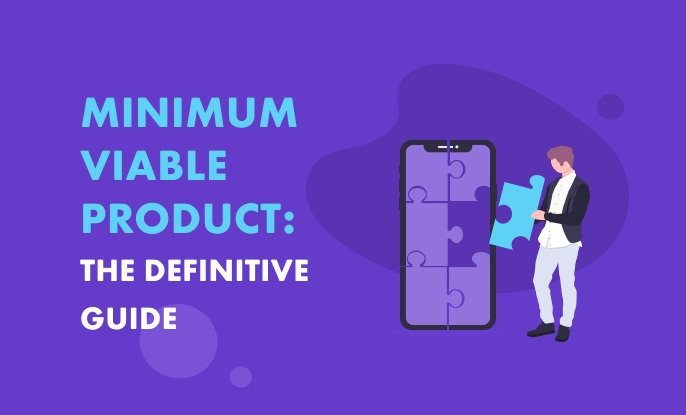
This is a complete guide to the minimum viable product concept in 2020.
In this guide, you’ll learn:
- The basics and glossary of the minimum viable product
- What are the most common types of MVP
- How you can build a minimum viable product
- Tips and methods for creating an effective MVP
- What tools you can use to build your MVP
- And lots more
Let’s get started.
Daniella Varga I
03/30/2020
Contents
Spoiler alert: This is an in-depth post, so you might want to get comfortable with a cup of hot coffee or tea! And prepare to learn everything that is worth to know about MVPs. 🙂

Minimum Viable Product Basics
What is the Minimum Viable Product?
The most straightforward definition is: a minimum viable product (MVP) is the simplest core feature set of any product that allows the product to be used and nothing more.
Another popular definition is: MVP is the smallest thing that you can build that delivers the core value for early adopters.
Source: Henrik Kniberg
The concept of value is crucial when creating an MVP. You want to solve consumer problems, not providing them concepts. In the example above a wheel alone doesn’t attend the need for transportation, but a skateboard does.
Choosing the target audience wisely is also important. Ideally, early adopters will be the most potential group for any MVP, since they are less critical of a product’s shortcomings. However, they can provide valuable feedback on what direction the product should head.
When building an MVP you don’t just have to think about functionality, but other product aspects, like reliability, usefulness, etc. This illustration from Jussi Pasanen visualizes this greatly: “Build a slice across, instead of one layer at a time”, as he states.
Source: Jussi Pasanen
Where does the MVP approach come from?
The approach is best known from the Lean Startup Method by Eric Ries. He defined the MVP as that version of a new product which allows a team to collect the maximum amount of validated learning about customers with the least effort. You validate your learning by finding out if your customers are willing to purchase your product.
In the core of the Lean Startup Method is the Build-Measure-Learn feedback loop. Through this, companies can experiment, learn and react rapidly to the market need.
Source: The Lean Startup
What are the benefits of a minimum viable product?
The main benefit of an MVP is that you can understand your customers’ needs and interests without fully developing a product. This enables you to build a product that the customers truly care about, and increase your chance for overall success. The sooner you get feedback on your idea the less is the chance to waste your money and time.
The core benefits of an MVP can be grouped into three categories:
Validations and value proposition focus
- Validate product idea hypotheses with real-life data
- Validate the business model
- Test whether the product is needed without developing the full product
- Accelerate your learning on what customers need and how to iterate to deliver that
- Brings focus on the core value proposition, which you need to narrow down to be able to build an MVP
Early customer acquisition
- Builds relationships with customers through feedbacks
- Grow a pre-launch user base
Resource optimization
- Enter the market faster, which can help gain a competitive advantage
- Reduce time-to-market for new feature releases
- Minimize wasted development hours by focusing on the most important core features
- Reduces remakes of the product features
- Saves money, since if your idea is proven to be a failure at least you haven’t spent a lot of money!
What are the common MVP pitfalls?
In many cases teams use the term MVP, but don’t fully understand it’s intended use. So they build an MVP with the smallest amount of functionality and fail to learn about the business viability of the product.
Another pitfall is when people focus on the minimum part instead of the viable part. This results in a product that lacks quality, so it can’t provide enough insight if users will use it.

Related concepts to the minimum viable product
There are a lot of concepts and buzzwords out there, connected to the minimum viable product. In this section, we’ll try to explain and clarify the most common ones.
The Proof of Concept (PoC)
PoC is done to reduce technology risks and prove that a specific task can be done. So when you’re not sure if your idea is feasible, you build a PoC, not an MVP.
A Proof of Concept covers only a small part, not the entire product. Users will never see the PoCs, as they are used inside the company to define which direction to take with the development.
Prototype
A prototype answers the question “How can we build that?”. The early adopters of the prototype are usually the people involved in its creation.
It is a tool for early-validating a concept with users and stakeholders without actual development effort. The prototype’s main goal is to support decisions regarding product development and decrease the number of mistakes.
While a PoC only investigates the product’s one aspect, a prototype models several aspects of the product.
Usually, the development team uses prototypes to discover errors in the product. By creating a prototype, they can test the product’s design, usability, and often functionality.
Minimum Viable Product
An MVP is a public version of the product and helps teams learn from user feedback.
Both an MVP and a prototype are modeling the system you’re going to build. However, an MVP often feels like a separate product itself, while a prototype is more like a draft.
A minimum viable product is the simplest yet well-polished version of the end product. It’s delivered to the market with minimal and minor bugs. Contrary, prototypes aim to find the errors early on, so most of the time they are far from perfect.
Minimum Lovable Product (MLP)
MLP is a version of a new product that gets back the maximum amount of love from early adopters with minimal effort. It includes the product’s top features, which are beautifully designed.
As the MVP helps to gain knowledge on the most important features the MLP focuses on making a small number of early adopters passionate about the product. This concept is a reaction to the ever-growing competition of the software and application market.
Minimum Marketable Product (MMP)
MMP is the version of a product with the smallest feature set that addresses the needs of the most potential users (innovators and early adopters) and is ready to be marketed and sold.
While the MVP helps you test ideas, gain relevant knowledge and address key risks; the MMP decreases time-to-market and helps you in launching your product faster.
Minimum Awesome Product (MAP)
MAP is often defined as the MVP with an improved UX.
Minimum Marketable Feature (MMF)
MMF is the smallest functionality that delivers value to the users and the product. Or in other words, MMF is a real feature that provides definitive value to customers.
It answers an existing need, solves a particular problem, is of high quality and usability. It can be marketed and sold. MMF is part of the MMP.
Minimum viable brand (MVB)
An MVB is a minimalist version of a brand that still can be published.
It has enough values that people are willing to use it, demonstrates enough benefit to acquire early adopters and provides feedback. The basic messaging and visual identity is strong enough to get users’ attention, still, it’s able to improve based on feedback.
Minimum Viable Co-founder
Finding a partner to create a minimum viable product is a challenge for new companies. The concept of minimum viable co-founder is based on searching for a partner with attributes like trust, company commitment, likeable personality, productivity, reasonable, rational, realistic.
Minimum Viable Team
A minimum viable team refers to the resources that are critical to market the product.
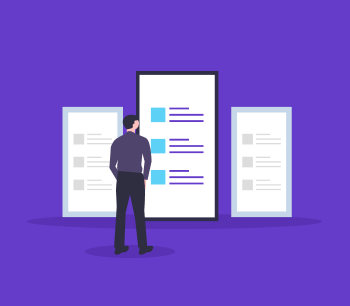
Types of MVP
Today, there are a lot of various products and services on the market. That’s why MVPs can differ in form and complexity. Let’s see what types of minimum viable products are out there.
We can categorize MVPs into two categories: low-fidelity and high-fidelity MVPs. Which one you choose will depend on where you are on your journey.
Low-Fidelity MVPs are used to:
- Learn the practical value of the product
- Better understand your customer’s problems
- Check how valuable your solution is for customers
- Explore if the problem is worth solving
- Investigate what kind of solution would be the best for the customer
High-Fidelity MVPs are used to:
- Find out how much customers are willing to pay for your product
- Acquire early adopters and strengthen the product on the market
- Define and optimize your marketing strategy
- Test your value proposition, call to action and communication channels
- Find the best potential growth strategies
Low-fidelity MVPs
Product Designs
These are not MVPs in common sense, but in some cases they can substitute as an MVP. Based on complexity these can vary from sketches until mockups.
Sketches
Usually drawn by hand, sketches show the main screens or web pages of a product. They also include the main working logic. You can use them if you are low on budget, but need to represent your idea to users or investors.
Wireframes
They show the skeleton of the product and the hierarchy in the design.
Usually created digitally, they are more detailed than a sketch, but still very minimal and black and white. It’s also useful if you are low on budget, and like to test some features or innovative solutions.
Mockups
Mockups are colorful product designs, that can be implemented in the software.
They can be clickable, so they are good for testing user flows. You can use them to demonstrate the product, collect feedback and fundraising.
Demo videos
Demo videos can be a good alternative to MVPs. They can introduce the idea, demonstrate how it works, while promoting the product.
Example
The most famous demo video MVP is the 3-minute Dropbox MVP video.
It demonstrated all of the product’s functionality, which was very innovative at that time. Thanks to the video, Dropbox got enough user support to get funding.
Landing pages
A landing page is usually a simple site, that represents the product’s value proposition, key features, and benefits. Usually used for validating business ideas, it also can be used to test feature sets and new concepts.
However, you should not mistake this technique with coming soon landing pages.
Since the whole point of the MVP is validated learning, you should collect as many data from the users as you can. This means setting up analytics, writing emails to those who sign up.
Starting a conversation and validating the problem and your solution is your main job.
Landing pages only become MVPs if they reproduce the user flow, people need to go through to sign up for or buy your product. You need to ask them to click on buttons, check pricing pages, not just ask for their email.
Example
A great example of this is what Buffer founder and CEO, Joel Gascoigne did when starting Buffer.
In the first version, he created a simple landing page, that showed what Buffer was about. If visitors were interested they clicked on the Plans & Pricing button that redirected them to a page where they could leave their email address to be notified when the product is ready.
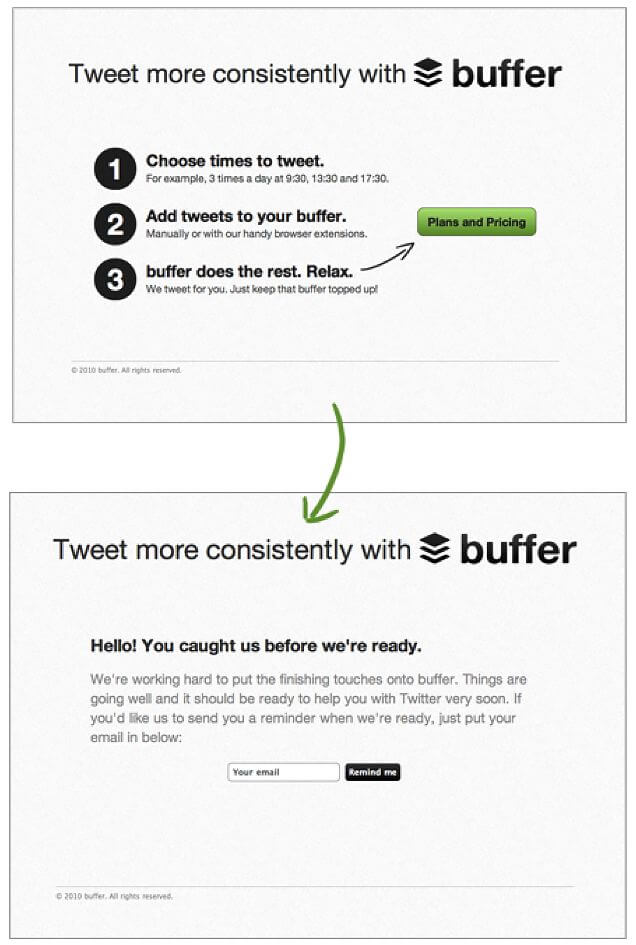
Source: Buffer
This, however, did not answer the question, if people would pay for the product.
So in the second version, he added a new step, the Plans & Pricing page with 3 plans: Free, $5/mo, $20/mo.
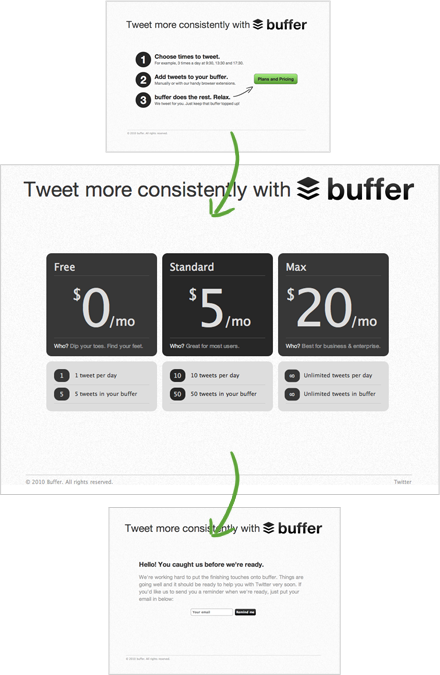
Source: Buffer
When there were enough people who clicked on the paid plans, he created the first version of the product, with a minimal feature set. So people can use it, and he can gather more feedback.
High-fidelity MVPs
Crowd-funding
Many think about crowdfunding as a solution to their funding needs. But let’s take a look from another angle. On these sites, you basically say “if you give me money, I create this stuff..” What is better validation than this?
Not all products will do well with crowdfunding, but the ones that do can kill two birds with one stone. Get a validated MVP and get funding.
Example
Some of the best-known sites are Kickstarter, IndieGoGo and Crowdfunder.
Some of the most famous Kickstarter projects are Pebble, Brydge or Oculus Rift. See the 10 biggest Kickstarter successes here.
Piecemeal MVP
With a Piecemeal MVP, you use existing tools and services to create a functioning product. Typically, you use a number of existing technologies which means more human resource needs.
Example
For example, Groupon started as a piecemeal MVP. The founders didn’t expect any revenue from the project, so they used WordPress to create their site.
On the website, they posted daily deals as simple blog posts including the relevant details of each deal. They generated the coupons manually in PDF files, using FileMaker. Then sent the PDFs in emails as an attachment to the buyers.
Groupon focused on promoting the blog and delivering the core value before developing any unique technology. Once the founders felt there’s a strong product/market fit, they started developing their real technology.
Concierge Minimum Viable Product
With a concierge MVP, you validate your product idea by providing the main service(s) completely manually (but not necessarily for free) to a small group of early adopters.
The biggest benefits of this model are the lack of development costs, growing your customer base and analyzing your audience.
When to use? If you understand the business needs well enough and have a clear vision of what the product should do, but don’t have the resources (time, money or budget) to develop it yet.
Example
Food on the Table (later acquired by Scripps Networks Int.) is one of the most well-known examples. This mobile application collected users’ food preferences and then suggested recipes and grocery stores with the best deals for those recipes.
This would have required some serious development: mobile apps, logic, integration with stores and much more. Instead all that the founders found a few early adopters and personally visited their homes once a week to learn and collect their food preferences.
Then, they manually created the recipes, purchased the relevant groceries and delivered them to the early adopters in person.
Wizard of Oz Minimum Viable Product
A wizard of Oz MVP is quite similar to the piecemeal MVP, except the users don’t know the product is not yet ready.
In this method, you put up a front that gives your potential customers the impression you have a working product and they’re experiencing the real thing.
The name comes from the story “The Wizard of Oz”, where the wizard turned out to be an old man hiding behind a curtain, pretending to be the wizard.
To replace the technology behind the product you use human resources.
Which makes this method really timeconsuming.
On the other hand, it will give you pretty sure feedback on how desirable your product is. Since you are doing this with the ‘real product’.
Example
Undeniably, Zappos is one of the most famous example of this. Nick Swinmurn, the founder wanted to test his assumption, that people want to buy shoes online.
He took photos of shoes at stores and posted them on a simple website called Zappos. When someone bought a shoe on the website, he went to the store, purchased them, shipped them, and handled payments.
Today, Zappos worths billions and was recently was acquired by Amazon for $880 million.
Aardvark (now a Google company) allowed users to ask questions, mainly subjective, that were then distributed for users for answers.
The users thought the service had a complex technology and algorithms. In reality, the algorithm was a team of people who searched for the answers manually and sent them back to the relevant users.
A Single-Feature MVP
This MVP similarly to the 80:20 rule focuses on the feature that brings 80% of the value, the core feature. Building only a single feature allows you to gain a really clear understanding of the problem-solution fit.
Examples
We can argue what counts as a single feature, but here are some examples to demonstrate the approach.
The Virgin Airlines MVP was a single plane flying back and forth between two cities. Only after testing the concept and improving the service did they expand.
Foursquare launched as a simple mobile app that let people check-in at certain places and win points. No unique design, no crazy functionality, just a single-feature.
Software Prototype MVP
Software prototyping is when you are building software that is a basic and incomplete version of the program that you eventually develop. This is the first working version of the product, so it usually works well in terms of measuring and learning.
This can work well if you already have tested the idea and got feedback from the target audience. You have a limited budget, and want to see user traction as soon as possible.
Example
One example could be Liverobe, a sustainable fashion marketplace app. When we worked with them, first we created an MVP with the core functionality, so we can get feedback from the market. You can read more about how we built the Liverobe MVP.
Which type of MVP you should choose?
Before going with either, you should consider factors such as risk, timescale, and cost. Before you start your MVP project, ask yourself these questions:
- What is your biggest potential risk, and how could you avoid it?
- How much time do you have to create the MVP and wait for reliable results?
- What can your budget afford? Try to spend your money as efficiently as possible. Your goal is to learn, not trying to make your customers happy.
Factors you can consider when making a decision
Target audience preference: For example, if you are creating a product for developers, you most probably won’t succeed with a plain landing page. They like to see products in action.
Channels you can use to reach your audience: Choose an MVP type that you can share with your target audience. For example, if your users are geographically far, a prototype or a concierge MVP won’t be the best choice, since they require personal presence in most case.
Resource need: Choose a type that you can handle with your resources. A concierge MVP might seem tempting, but if you don’t have the resources to handle the backend work manually you’re set up for failure.
Budget: This is quite straightforward. Choose a type that you can fit into your budget.
Deadline: If you need to move quickly for some reason, choose a type that you can create and test fast. For example a landing page.
Complexity of the idea: For a more complex product, a wireframe or a landing page won’t be enough to explain the working mechanics.
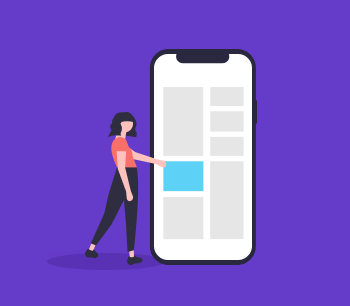
How to build minimum viable product
Step 1: Validate your idea
Often, ideas that seem brilliant at first do not work out when implemented on the market.
Validating your idea with real users is crucial to ensure that there is a target market for the eventual product that the MVP will turn into.
A survey conducted by CB Insights revealed that the topmost reason why most startups fail is the lack of market need. The bottom line? Understand your target audience and how badly they need your product.
Research tools, you can help you collect the information you need. The more data you can collect on the target audience, the better are your chances of succeeding.
To validate your idea you need to go through these 3-step process:
We already covered this topic in detail on our blog, so If you’d like to learn more about the process, check out our step-by-step guide on how to validate business ideas.
Preserve, pivot or iterate
Sometimes, feedback will confirm your assumptions and indicate that you’re on the right track. Sometimes, it will tell you you’ve got it wrong, and you’re heading in the wrong direction.
These insights can be hurtful, but they’re crucial to build a product that people need. After all, you’re not building the product just to build something. You want to create software that people will fall over themselves to use. Without testing, you don’t know what that product looks like.
If you launch and realize you’re not on the right track, that’s okay. You’ve just failed yourself a little bit closer to success.
Step 2: Create a User Flow
After you’ve got a positive response to your idea, you should think through the main user flows. The user flow focuses on the process of using the product.
Look at the app from the users’ perspective.
Start from opening the app to the final process, such as making a purchase or delivery. What steps should the user go through? What actions do they have to take to get what they want?
Let’s see this through an example. Let’s say you are planning to create an application for renting electric vehicles in big cities.
From the point of opening the app to using the vehicle, user flow defines how and when your customers should interact with your product. By designing the user flow, you can make sure you do not miss out on anything in the finalized product and your users enjoy a seamless experience.
User flows will help you define the process stages, which will help in defining the core features, your product needs.
How to create user flow?
There are no strict steps for creating user flows, but generally, you should go through these steps:
- Identify and understand your user: Understand the user’s needs and motivations so you can make informed choices on how to get users into a flow-like state when using your product.
- Create a flow outline: Write down a basic flow like a mind map or chart about the three main stages: an entry point, steps to completion, and the final interaction.
- Define the elements of your user flow: organize the pages, screens and actions of the application into the user flow
- Refine your outline: revisit the outline, make steps clear and see if they are logical.
Taking the electric vehicle renting app as an example, a user flow would look like this:
- User opens the application
- Chooses a type of vehicle
- Checks the map for a nearby renting spot
- Selects renting spot
- Books vehicle
- Pays with debit/credit card
When you have your user flows, ideally you would want to test these flows with real users. This way you can identify any logical anomalies.
Step 3: Create user stories with story mapping
From the user flows you want to create user stories. User stories are short, simple feature descriptions told from the perspective of your users and customers.
By visually mapping your user stories out, you break the user flow down into parts, making sure nothing gets missed and they get a fluid experience. Story mapping helps you to prioritize your feature backlog during product planning.
Here’s how you do story mapping, according to plan.io
- Step 1: Frame the journey
- Step 2: Build your story backbone
- Step 3: Identify and group activities
- Step 4: Break large tasks into subtasks
- Step 5: Fill in the blanks
- Step 6: Prioritize tasks and subtasks
- Step 7: “Slice” groups of tasks into iterations
Learn more about their process in this step-by-step guide.
Step 4: Make a list of features and prioritize them
Once you have the process flow and user story designed, you already know all the steps that the app should have. All the features that should be added in each stage. Here is where the work gets tricky.
It is so easy to get lost into building the perfect user interface, that you may lose track of features that are more functional and urgent and don’t just make the app look good. This is the point you start prioritizing the features.
Why should you prioritize?
In an ideal world, you would have all the money, time and knowledge you need to create your MVP.
However, this is hardly ever the case. In reality, you will have one or more of these restrictions:
- Money limit
- Timelimit
- Resource limit
- Expertise/knowledge limit
Prioritization will help you make the most out of the situation with your given limits.
How to prioritize
There are various matrices and methods you can use to prioritize features.
The Prioritization Matrix
The purpose of this matrix is to identify what features of your app are essential at the current stage and what can be postponed for later release. It categorizes features in terms of urgency.
The MoSCoW method
There are four categories of features in this method.
- Must have: For your dog care business, what is the core product? It’s finding emergency dog carers. And this feature should be the highlight of your minimum viable product.
- Should Have: What does your app need when it is finished, but not at the current stage? Maybe a preference-based match system between the dog owner and carer, through which owners who have hired and highly rated carers can be matched at a premium pricing. But that is not something the basic app needs.
- Could have: Once the app is tested for the main functionality, you can think of adding features that could add something extra.
- Won’t have: What features did you initially want in the app that will take a lot of effort to add, but do little to improve the product?
The scoring method we use at Digital Natives
This is another method that you can try. We use this regularly when working with clients. Here, you need to rate the various features of your product in terms of business value, customer value, and complexity.
- Business value: How supportive is the feature towards the common business goal
- Customer value: What value does the feature intend to provide the users
- Complexity: How complex the task is as far as technology is concerned
Based on the inputs that you get, choose the feature that deserves your time and attention.
Step 5: Build, Test, Implement
With your MVP’s features defined, you can start developing. But crucially, this development isn’t a one and done deal. It’s the start of a feedback loop, designed to help you to continually improve your product.
Build, measure, learn. Once you’ve built the product test, collect feedback, then implement your learning into your work. Then test again.
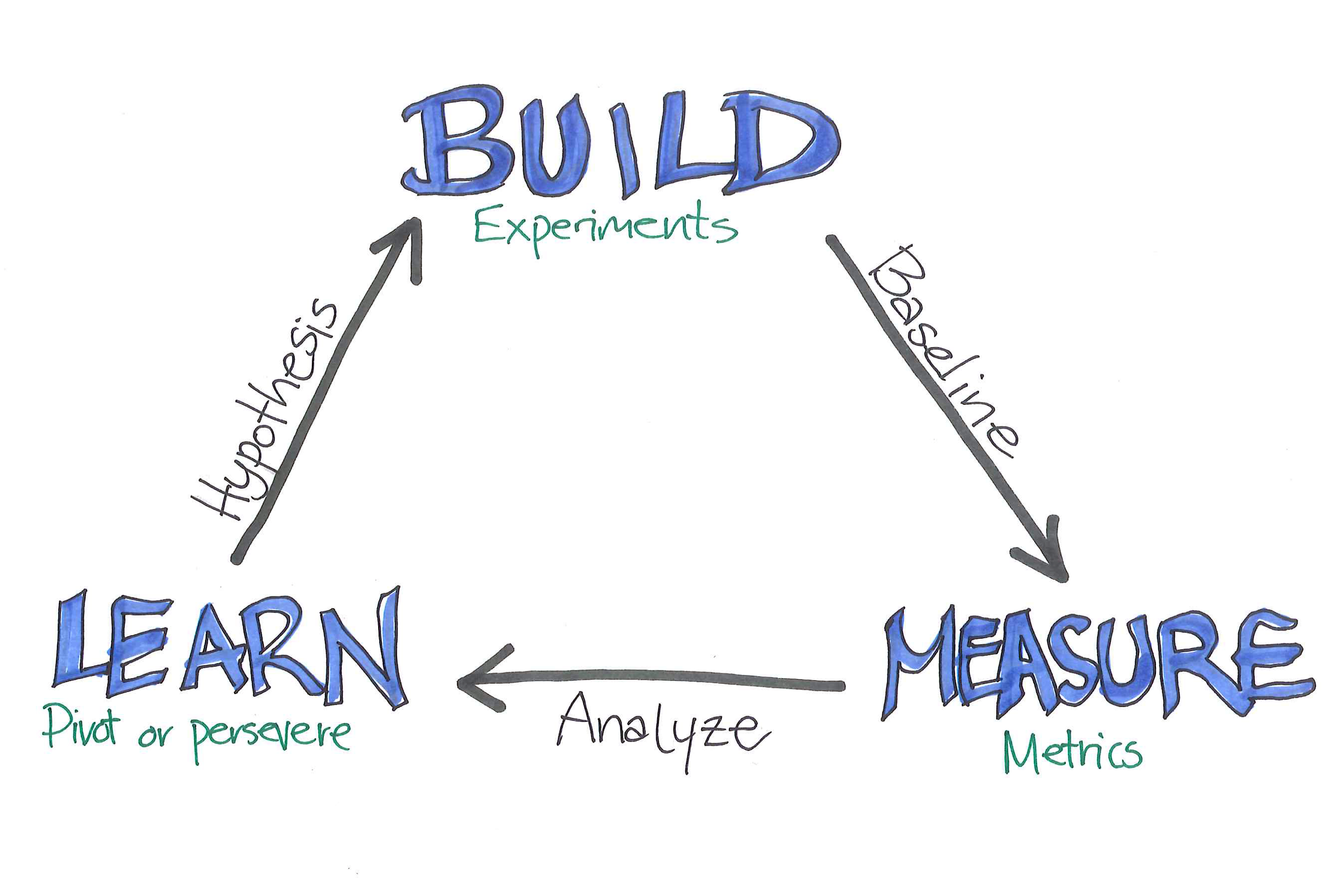
source: Hacker Noon
1) Build up a user base
Acquire users, so you have a lot of data to analyze.
There are paid services like BetaList that can provide you with testers as your first users.
Release a beta version for your app and let the technology enthusiasts and early adopters try your product.
It is crucial to have enough feedback on your prototype, both good and bad to fine-tune what users like and eliminate or improve the features causing trouble.
2) Collect usage data
The point of an MVP is to be viable and generate revenue at some point in the future.
With analytics tools like Mixpanel, Intercom or Amplitude you can collect usage data, and start tracking all the important metrics. Start calculating commerce metrics to understand what people are willing to pay for your product, whether the set price is enough to generate a profit.
3) Ask for user feedback
Reach out to the users and ask them about their experience with the product. Make it easy for them to contact you.
Collect all the insight about missing functionalities, bugs and unneeded features.
4) Refine your product
User data you collect can signal opportunities to make new improvements.
You can always invent different ways of integrating this feedback in the next stages of release. Keep building repeatedly, until you reach a fully-finished product that customers would be happy to pay for.

MVP metrics
Success is not just a motivation-word. It is the collection of quantifiable data that is broken down into measurable components.
Business vs. user metrics
There are 2 main aspects of the measurement:
- Business: checking the business critical metrics
- Customer: checking the user behavioral metrics
Business critical metrics are quantifiable measures that are used to track and assess the status of a specific business process. These will tell you, if your concept is lucrative. Some examples of business metrics are:
- Sales Revenue
- Net Profit Margin
- Gross Margin
- MRR (Monthly Recurring Revenue)
- Net Promoter Score
User behavioral metrics measure the usability of the MVP and the final product. These are key in learning what delivers value in the MVP. Some examples are:
- Load time
- Bounce rate
- Navigation
- Pageviews
- Retention
- Churn
- Conversion rate
Vanity Metrics vs Actionable Metrics
Another important factor about your metrics is whether they are vanity or actionable metrics.
Vanity metrics
On the surface, these metrics can make your product look good but they have little to do with viability.
You can have thousands of twitter followers and never make a sale. No matter how good the idea seems and how good your followers make you feel inside when launching a product, it is not going to give you any information about the viability of your product.
Actionable Metrics
This is where actionable metrics come into play. These are the calculations that should guide your decision-making process. The numbers can be brutal and demotivating, but this is an accurate representation of how valid your idea is. There are a few common metrics every product needs to be validated by.
- Churn rate: The average rate at which customers discontinue their subscription over a certain time period.
- CAC or Customer Acquisition Cost: The average amount spent in various forms of marketing to acquire a single customer.
- MRR or Monthly Recurring Revenue: A predicted amount of revenue expected per month.
- ARPU or Average Revenue Per User: revenue generated per customer.
- LTVC or Lifetime Value of a Customer: Not all the users you acquire will remain forever. Most of them will use the app a few times and then delete it. LTCV shows the predicted profit from a customer over the whole time they are using the product.
Download Number: This is an important metric for mobile apps. The goal is to increase the average download number every month, if not every day.
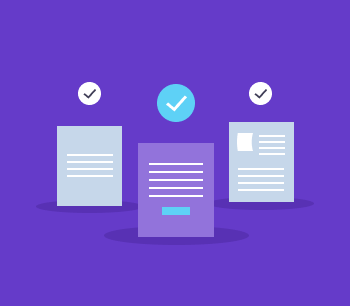
Minimum Viable Product Examples
MVP Success Story Case Study
Facebook – Core function for early adopters
The first version of Facebook was Facemash. We all know the story of Zuckerberg hacking college servers and stealing pictures of students to create an app where users will rate two pictures based on attractiveness.
The idea flopped due to various legal violations and was sold for $30,201 which is a very tiny sum compared to what acquisitions cost nowadays.
However, the lesson to learn here is the key element that made Facebook as popular as it is today.
- Facemash was an MVP that fulfilled its goals. It had none of Facebook’s current functionalities but conveyed the tone of the app which generated massive interest.
- He released the app to students, who were technically early adopters. In doing so, he received feedback and was able to test the application.
MineCraft – “Release-early-and-often”
One of the most successful games in history started with ‘release-early-and-often’ method.
The initial version didn’t have many features and was put together in just 6 days of coding. It only had a 3d-landscape where you could dig up blocks and place them elsewhere to build crude structures.
MVP Failure Case Studies
Standout Jobs – Not validating the idea
The creator of Standout Jobs spent a lot of resources creating a perfected product before validating his idea. He was unable to create an MVP because there was not enough market for the product, to begin with. They didn’t have a strong enough understanding of the HR / Recruitment market.
“The lack of market understanding ultimately meant that we couldn’t match the right product to the right market at the right price.” Ben Yoskovitz, CEO
This is a classic example of doing business by guesswork. In the end, he had a product nobody really wanted and as a result, it was acquired by a different company and vanished from the market. You can read the whole story here.
Electroloom – Not pandering to the target market
The goal of Electroloom was to make clothes through a 3D printer controlled from a desktop device.
“The reality is that a lot of events factored into our inability to raise: slow technical progress, significant scientific risk, a lack of an MVP, and a poorly defined market opportunity.” Aaron Rowley, Co-Founder
Not only was the MVP underdeveloped, but the creators also targeted the wrong market segment and before Electroloom could materialize, they ran out of funds and sold out despite having a brilliant idea. Here’s they farewell post.

Tips for an effective MVP process
Focus on building a community
Build a community of loyal users rather than spend money on advertising. With a loyal user base, you’ll get nonstop feedback about the product, and they will promote your business like crazy. Without even asking them. One great example of such a community is The Happy Startup School.
Find out if people are willing to pay for your product
There is a big difference in people saying they love your product and actually willing to buy it. With an MVP, your goal is to find out if they are willing to pay for the product.
So if people say they love your product as a next step make them pay for it. If they hesitate or don’t pay at all, you need to tweek the MVP.
Know your “Why”
Most MVPs focus on the What and How and fail to understand the Why behind the product. Knowing WHY you’re building the product can help you bring your communication to the next level.
It can trigger the emotion in users, which ultimately can trigger them into paying. Whenever you’re building an MVP, ask yourself: Why should people care? If you’re not able to answer that, that’s a problem.
Take a look at the blue ocean strategy
Blue ocean strategy can be a useful tool when building an MVP. The concept focuses on ditching the competition, finding new market space and ways to reinvent the industry.
In other words, it teaches you how to avoid head-to-head competition and focus on innovation.
Build-Measure-Learn
We talked about this before, but this is the essence of the MVP and lean methodology.
Build the basics and constantly learn about your audience and how they perceive your product.
Negative feedback is just as valuable as positive.
Refine your MVP until you find the product-market fit.
Use the MVP Canvas
The MVP Canvas is a template similar to the Business Modell Canvas. You can use it for validating new ideas. Or to simplify existing product concepts.
It is a visual chart with elements describing the MVPs proposal, business hypothesis, metrics, features, personas, journeys, and schedule.
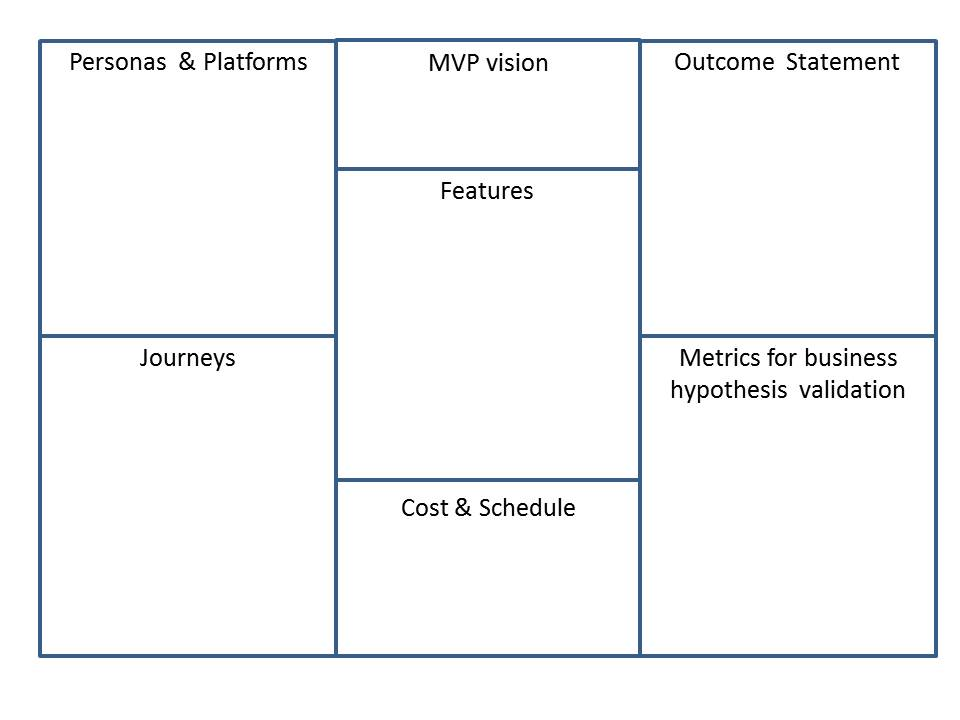
Be patient and deliberate
A new idea is always exciting.
It sweeps you off your feet and you want to conquer the world in one day. But you need to be patient and take one deliberate step at a time, to keep your focus on what’s important.
New crazy and cool feature ideas will come up daily, but you need to keep the MVP as-is: the viable product that solves the biggest problem of your target audience with minimal effort.
Evaluate your features with the Kano Model
As Noriaki Kano, Japanese researcher states Customers’ Satisfaction with the product’s features depends on the level of Functionality that is provided. Features can be classified into four categories, depending on how customers react to the provided level of Functionality.
You can use this approach to identify the MVP’s basic and differentiating features. Read more on the method here.
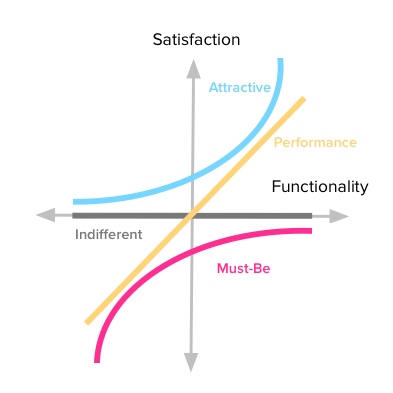
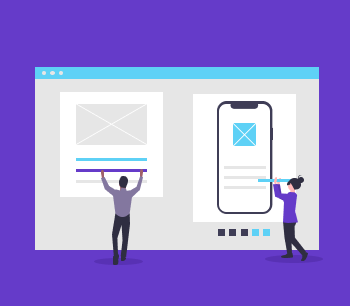
Tools to build MVP
Idea Phase
Value Proposition Canvas – A method for helping you define your value proposition.
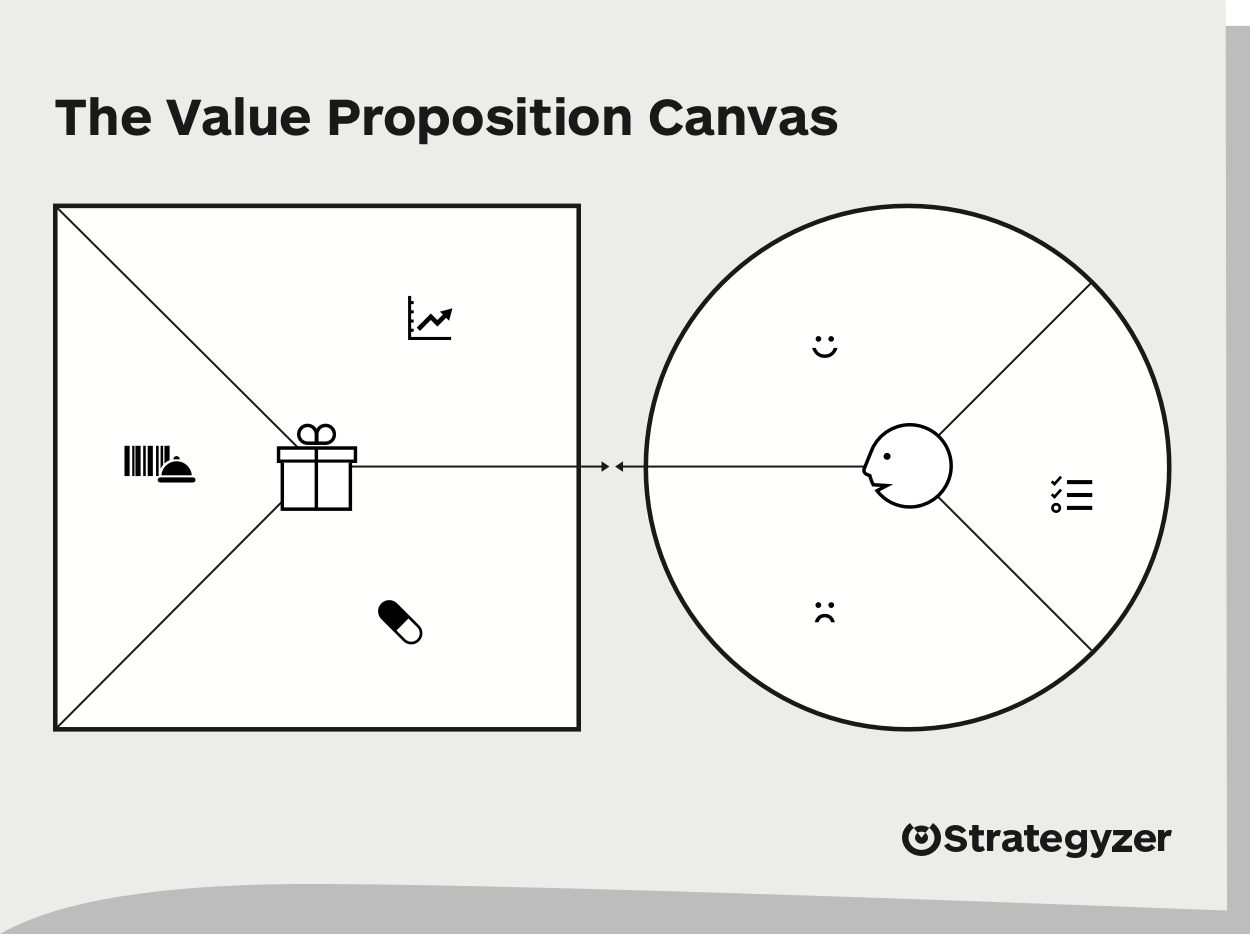
MVP Canvas – We mentioned this before. This allows you to lay out some important metrics for your core idea.

Business Model Canvas – This can help you describe the business aspect of your product. You can even use this as a first draft business plan.
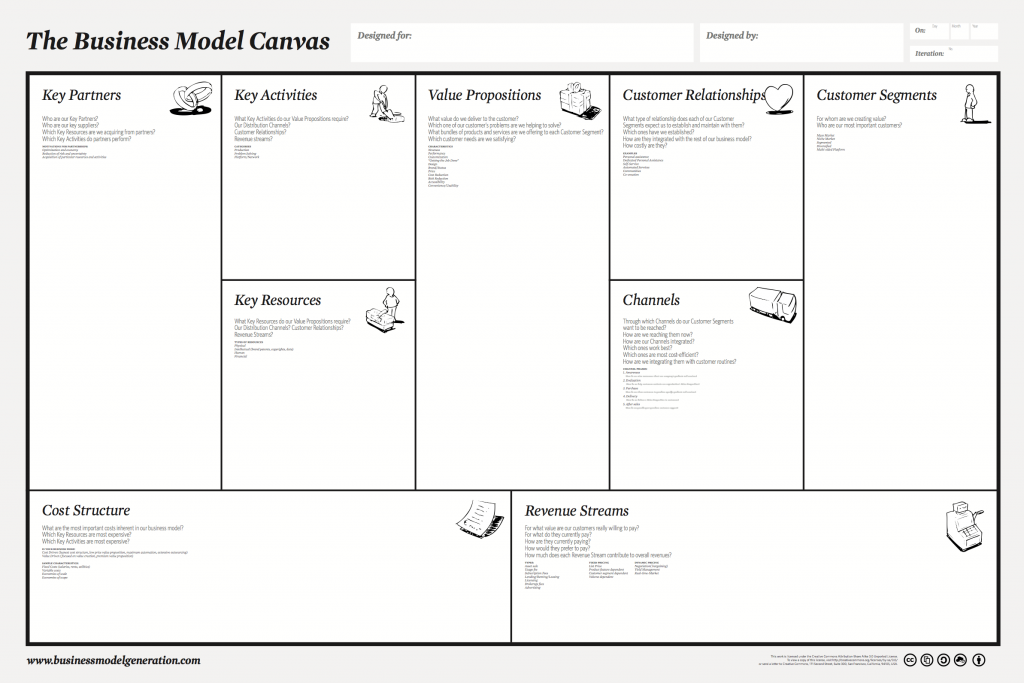
Validation Board – Helps you test your assumptions about your customers’ problems and the solutions you’ve come up with.
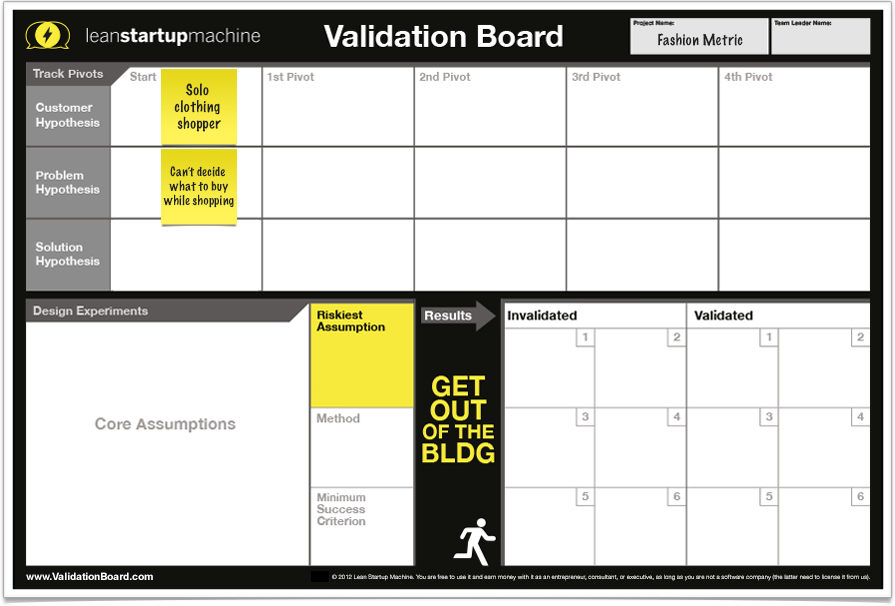
Any Survey Tool (Google Forms, Typeform, SurveyMonkey) – Use surveys to ask your customers for feedback.
Build Phase – non-developer tools
Any landing page tool (Wix, Unbounce, Squarespace, Leadpages) – Build a landing page and measure the reaction of your target group.
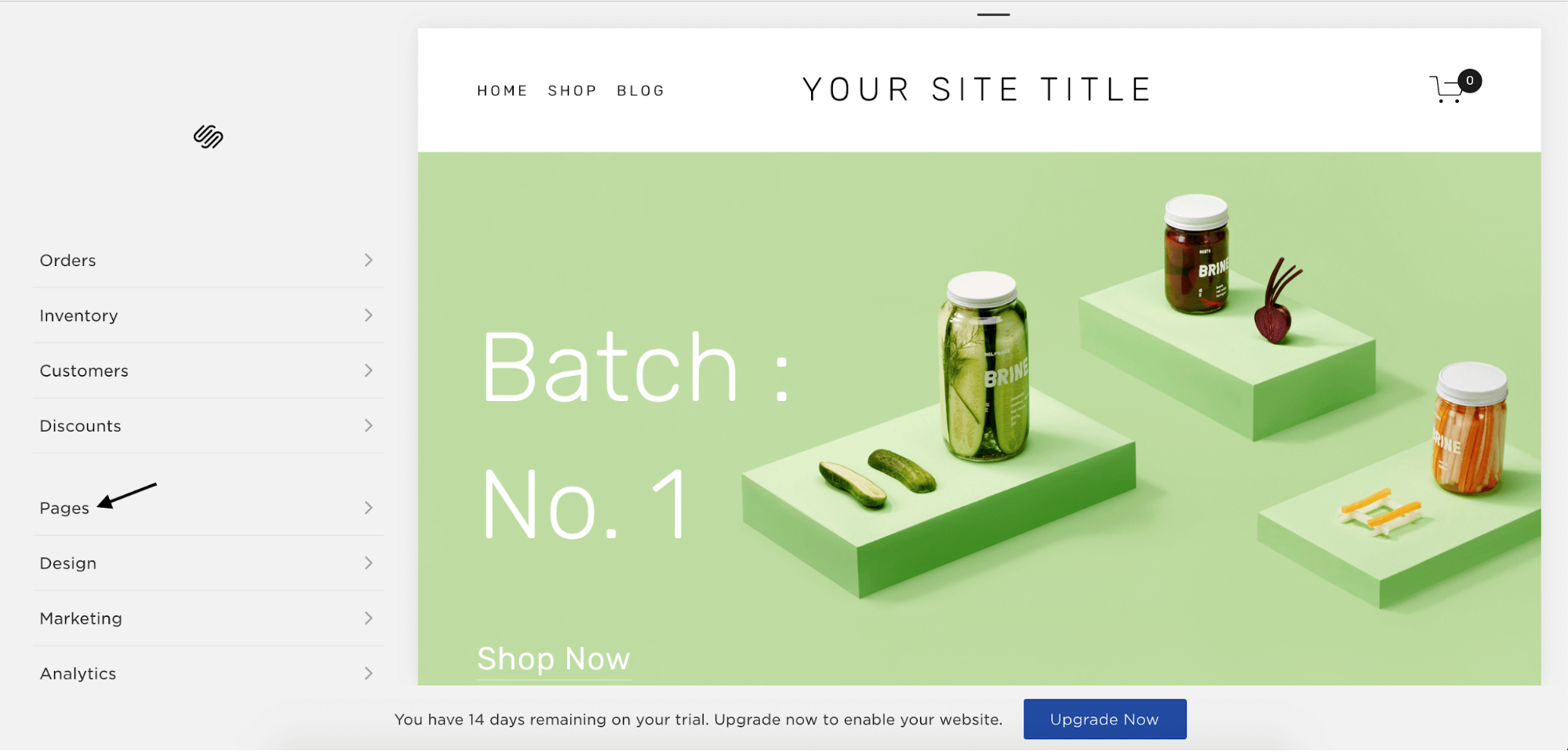
Measure – Learn
Google Analytics – A must-have tool for every web activity. Analyze the target audience, see where your traffic comes from, measure CTA success.
Google Optimize – A/B test website copy, sections, and CTA.
Hotjar – Records visitor action on the website and product, create heatmaps and add polls and surveys to your site.
Mixmax – An email upgrade to Gmail. You can send mass emails, auto follow-up users, and save discussions to folders.
For more complex MVPs
Mixpanel – Event-based analytics tool, with flows, cohorts, retention analytics and much, much more.
Amplitude – Comprehensive product analytics software for web and mobile, usually the go-to tool for mobile app measurements.
Intercom – Great for communicating with users, gather feedback and send personalized messages.
Summary
Adopting the correct methodology like Agile while building an MVP, validating the core ideas, identifying the correct demography and using the necessary metrics to formulate measurable research data is at the core of building a viable product.
MVPs with a lot of potential get wiped off the market due to failure in strategizing.
Therefore, establishing the correct business practices is just as important as having the correct business idea.

Now it’s your turn
So that was our comprehensive guide on the minimum viable product. We hope you found it useful.
Now, we’d like to hear what you have to say:
Which type of MVP would you start with?
Are you going to create a landing page?
Or take a bigger leap and build a concierge MVP?
Do you have a tip or method that we should include in our post?
Whichever, let us know by leaving a comment below right now.
Related reading
Our Scoping Workshop: the fastest way to turn ideas into build-ready plans
You wouldn’t hire a contractor who quotes a renovation without making plans first. So why build a product on guesswork? Early ideas are messy. Priorities shift. Budgets blur. And confusion? It costs you. We’ve spent 18 years turning uncertainty into clear plans — before anyone slips on the banana peel.
Virtual Assistant coming to life (BMW project, part 3)
“D³: DeepDiveDev” is Dina’s series of development project related articles — our teach team’s mind poured out on paper with all creativity.
The 3 articles are a part of a big story narrated by our Tamás Harkai — the story of BMW virtual reality project.
Going on a virtual journey (BMW project, part 2)
“D³: DeepDiveDev” is Dina’s series of development project related articles — our teach team’s mind poured out on paper with all creativity.
The 3 articles are a part of a big story narrated by our Tamás Harkai — the story of BMW virtual reality project.




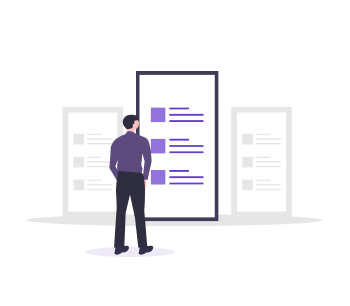
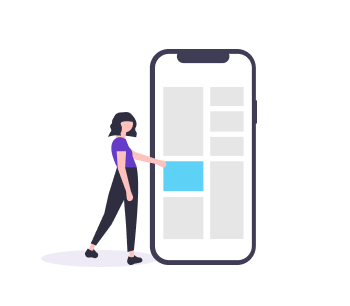

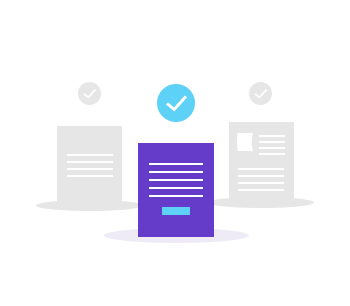
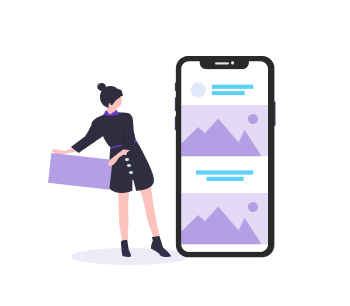
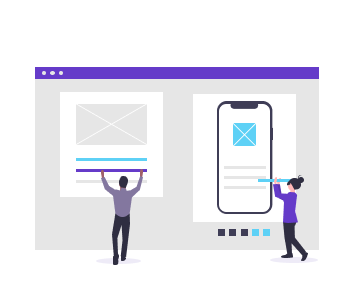
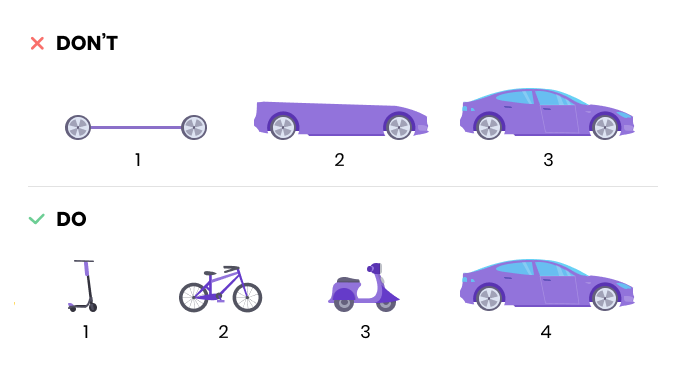
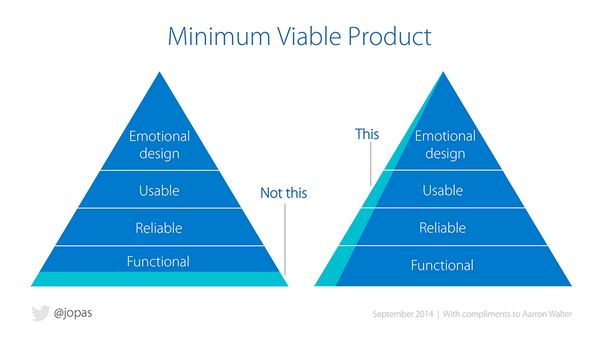
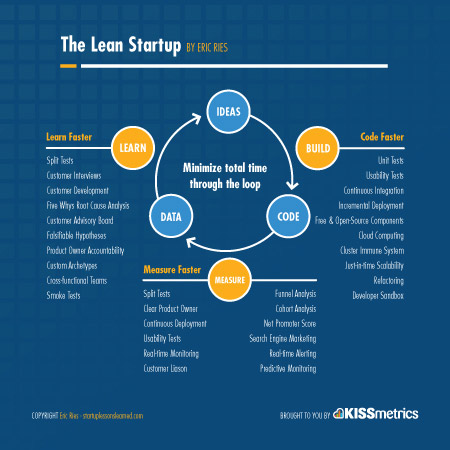
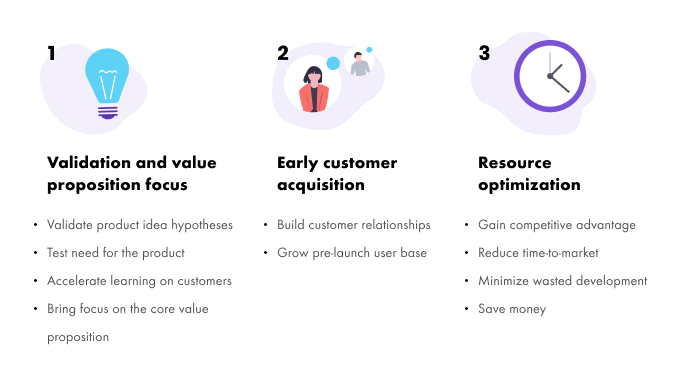
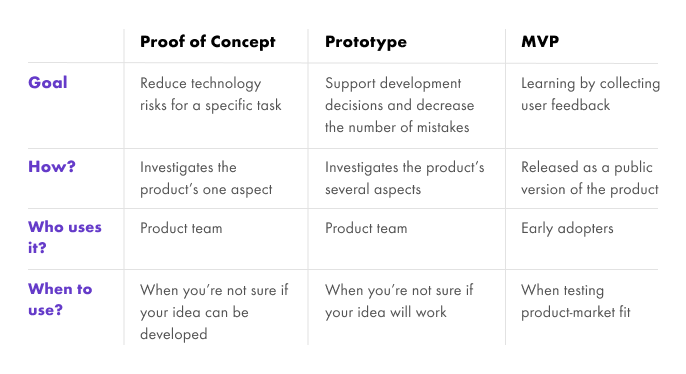
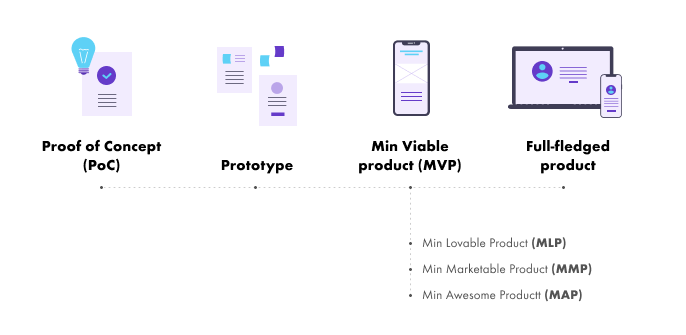
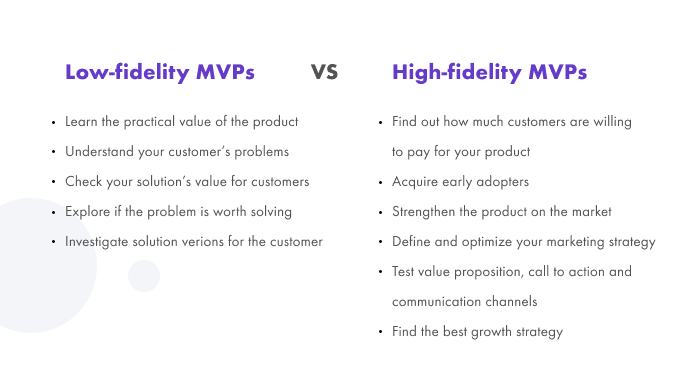
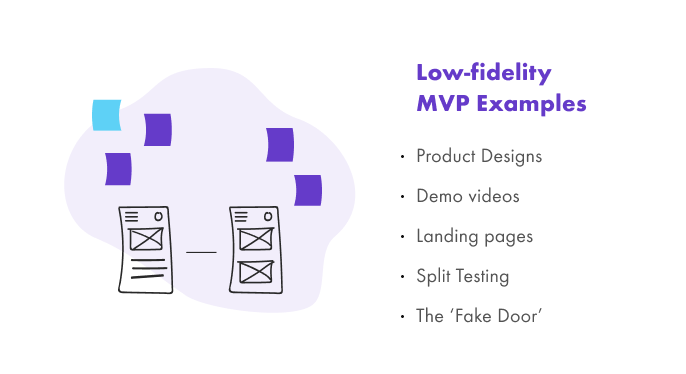
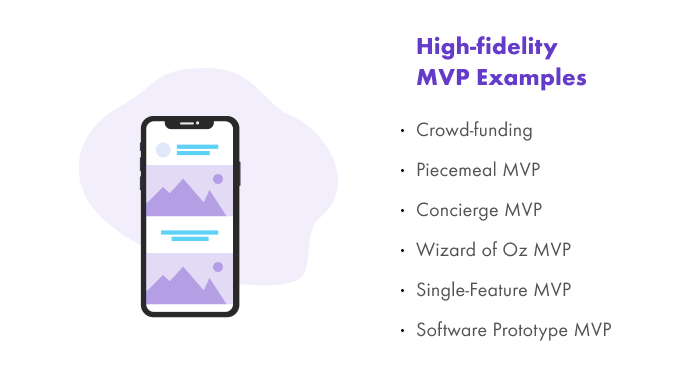
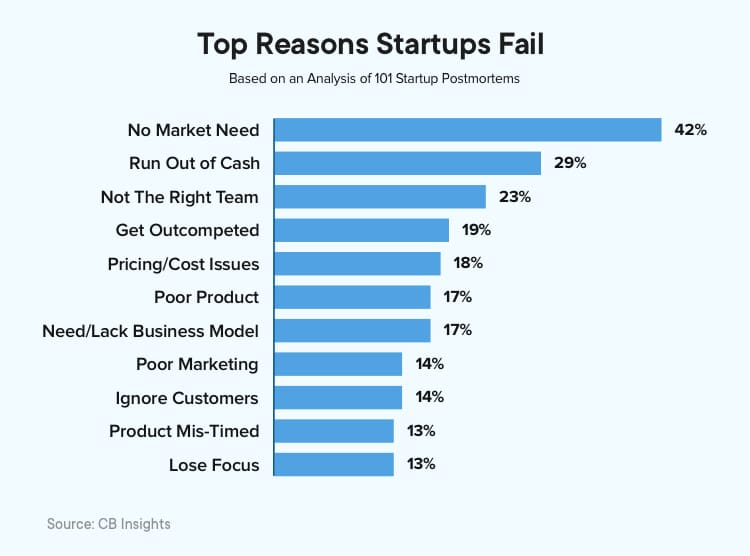
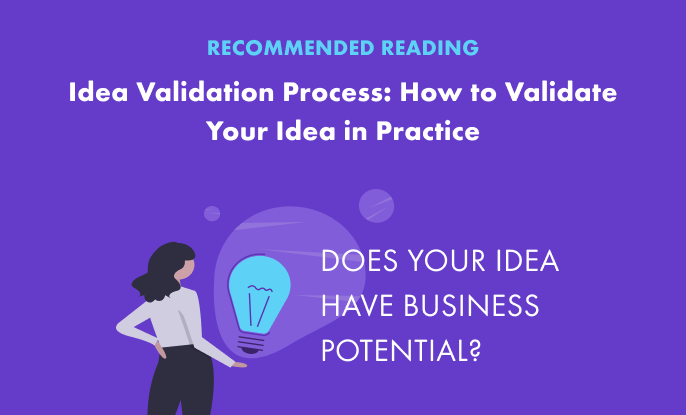
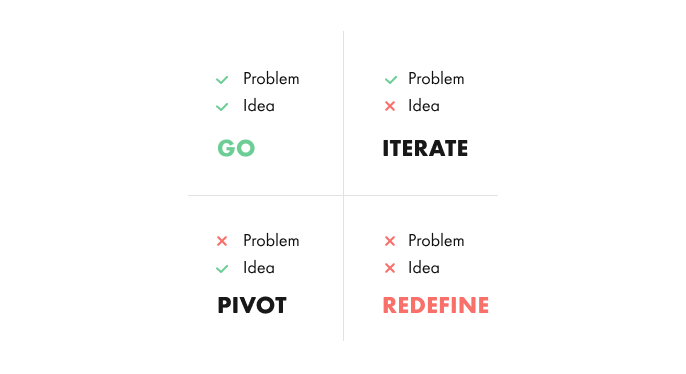
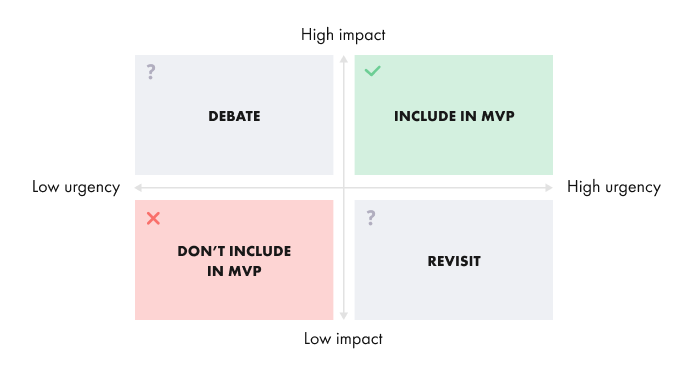
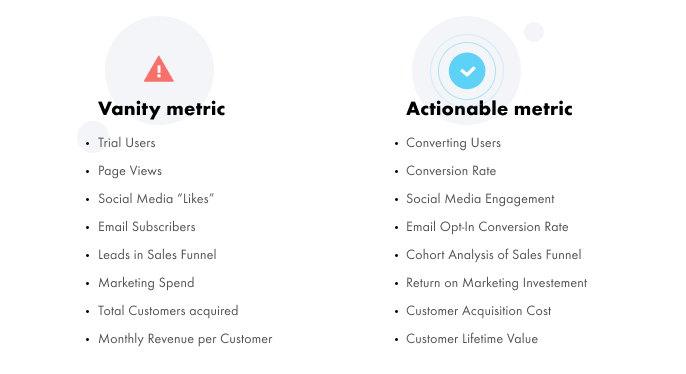
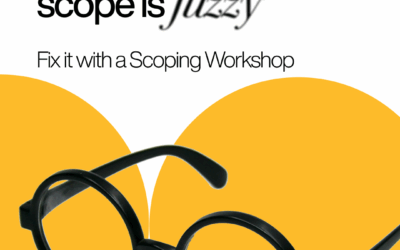
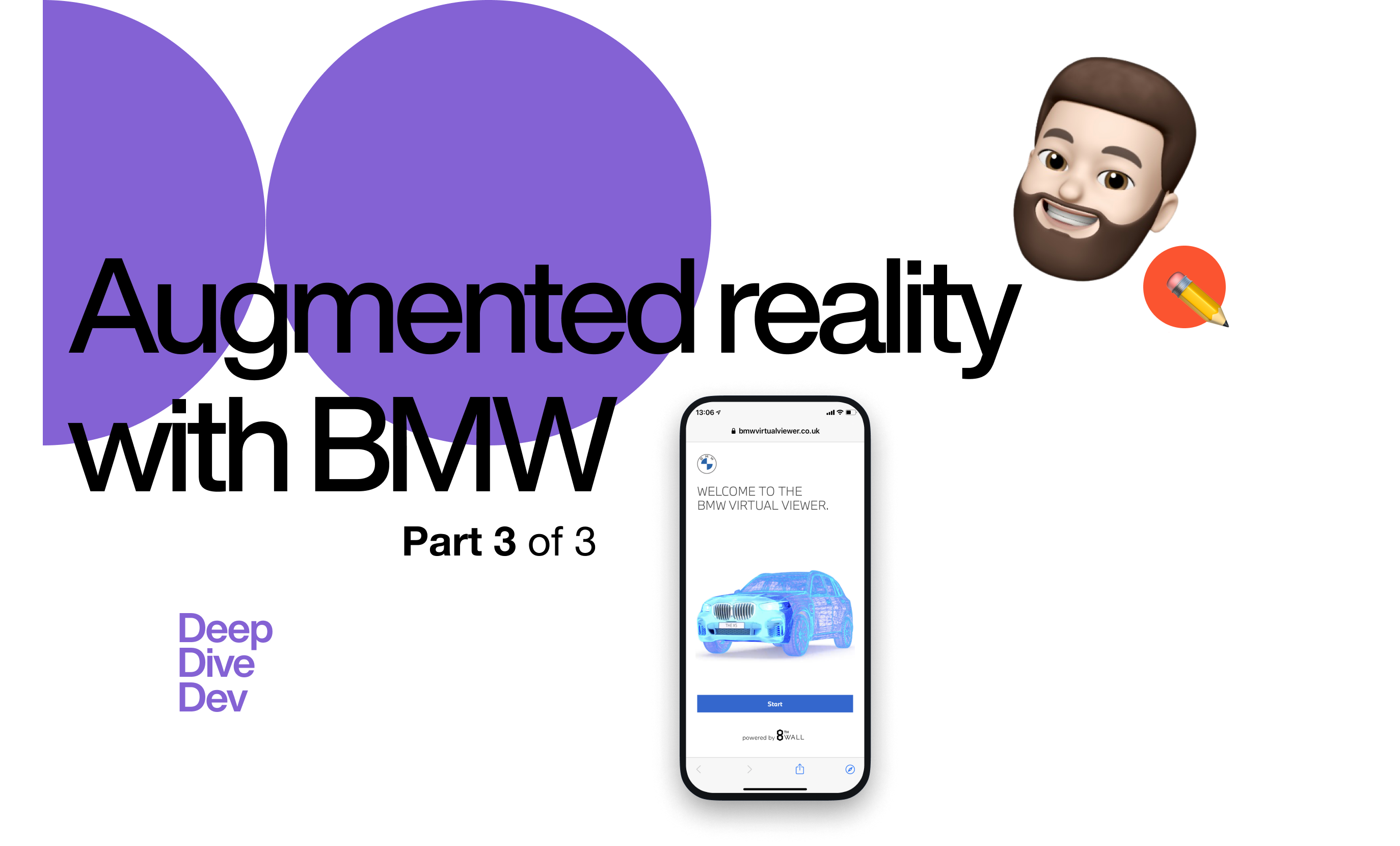
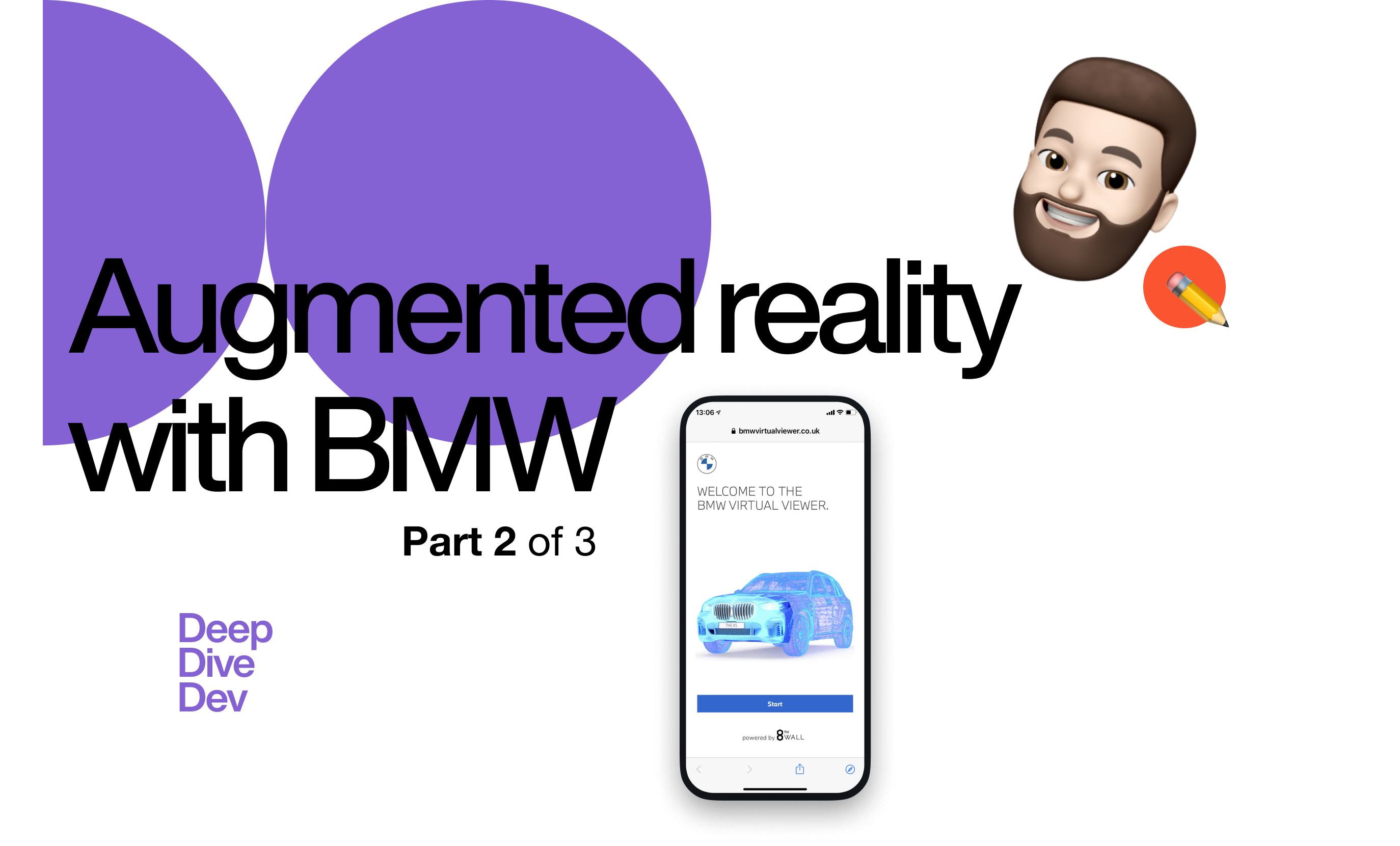
Have a look at our social media